November 13, 2018
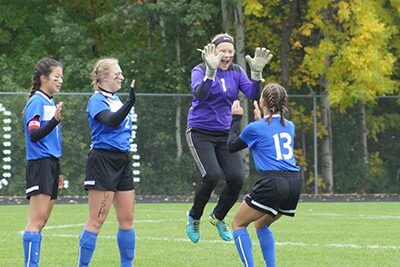 This article is the fifth and final in a series called “The Fall Campaign Stories of Impact: Five Weeks, Five Stories, Five Reasons to Give.”
This article is the fifth and final in a series called “The Fall Campaign Stories of Impact: Five Weeks, Five Stories, Five Reasons to Give.”
“Healthy mind, healthy body” is an ancient educational theme that celebrates the integration of academics and athletics. MPA has been at the forefront of cultivating student athletes, with an emphasis on achievement and leadership that extends from the classroom to the courts, fields, and stadiums where our Panthers compete.
“MPA’s no-cut philosophy means that we welcome all students and place them appropriately,” explains Dan Haase, MPA athletic director. “Every student who wants to participate is encouraged to take part and then matched to a team that reflects their current skill level. Unlike other schools, we don’t restrict the number of students who can join a team. For example, many schools might limit a basketball team to 12 players. If we have 16 students who want to play basketball, we include them all and work with them to progressively build their skills, whether they’re starting from a novice level or come in with an advanced level of performance.”
With competitive sports beginning in fifth grade at MPA, students have a long runway to grow as athletes. “We ensure that each level of play is developmentally appropriate, and that students are gaining the life skills that sports can uniquely provide,” says Haase. “We engage students early and provide flexibility so they can pursue multiple extracurricular activities. We want them to be well rounded, and to pursue the arts as well as athletics.”
That big picture approach to sports has cultivated high levels of participation and success. With more than 20 Upper School teams, 10 team state championships, and 20 individual state championships, our athletes transform their gifts and talents into everlasting accomplishments.
“Ultimately, our athletics program is student-centered,” says Haase. “We are continuously assessing the opportunities, gauging our students’ interests, and encouraging students to get involved and stay involved throughout their time at MPA.”
Because of philanthropy at MPA, our students develop physically, socially, and introspectively through athletics. Consider making a donation to the MPA Fund during the Fall Campaign by visiting moundsparkacademy.org/donate or contacting Susan Robertson, Annual Giving & Alumni Relations Manager, at 651-748-5531. Together, we will raise $300,000 to bridge the gap between tuition and the total cost of educating a student at MPA.
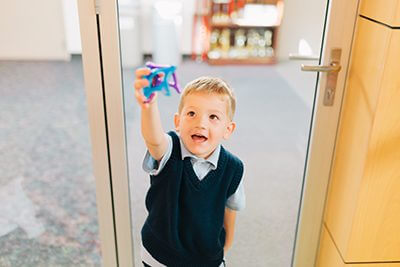 by Dr. Bill Hudson, Head of School
by Dr. Bill Hudson, Head of School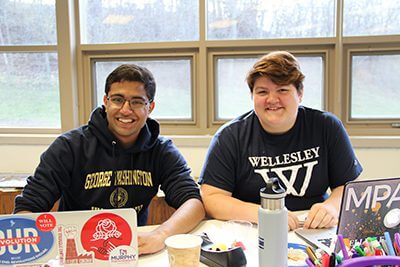 This article is the fourth in a series called “The Fall Campaign Stories of Impact: Five Weeks, Five Stories, Five Reasons to Give.”
This article is the fourth in a series called “The Fall Campaign Stories of Impact: Five Weeks, Five Stories, Five Reasons to Give.”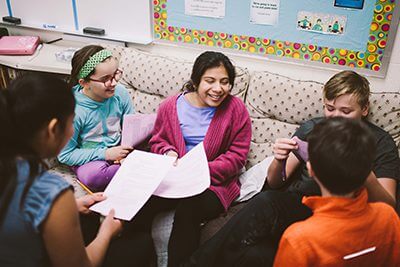 by Jenn Milam, Ph.D., Middle School Director
by Jenn Milam, Ph.D., Middle School Director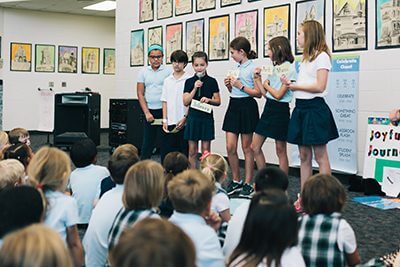 Here at MPA, we’re so thankful for the commitment of our parents, grandparents, alumni, and community supporters. We’re also proud of the way our students grow during their time with us. We encourage students of all ages to participate in the things that matter most to them and to push themselves outside of their comfort zone to find out who they truly are through involvement in a wide range of opportunities.
Here at MPA, we’re so thankful for the commitment of our parents, grandparents, alumni, and community supporters. We’re also proud of the way our students grow during their time with us. We encourage students of all ages to participate in the things that matter most to them and to push themselves outside of their comfort zone to find out who they truly are through involvement in a wide range of opportunities.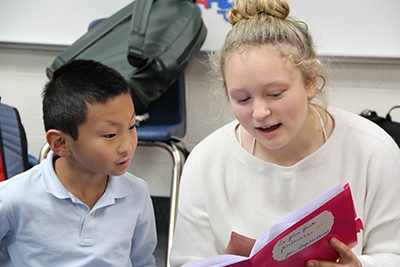 This article is the third in a series called “The Fall Campaign Stories of Impact: Five Weeks, Five Stories, Five Reasons to Give.”
This article is the third in a series called “The Fall Campaign Stories of Impact: Five Weeks, Five Stories, Five Reasons to Give.”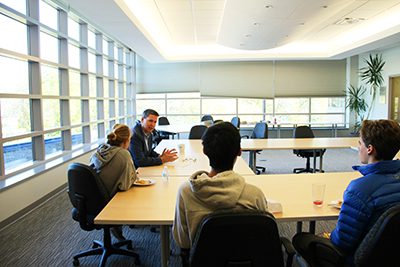 by Dr. Bill Hudson, Head of School
by Dr. Bill Hudson, Head of School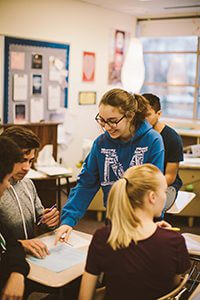 This article is the second in a series called “The Fall Campaign Stories of Impact: Five Weeks, Five Stories, Five Reasons to Give.”
This article is the second in a series called “The Fall Campaign Stories of Impact: Five Weeks, Five Stories, Five Reasons to Give.” Kelly Turpin is an art producer in Minneapolis. She is an advocate of opera and art as a social movement and strives to produce work that is accessible, inclusive, and challenging, in ways that engage and educate communities. She received opera performance degrees from Ithaca College (BM) and Arizona State University (MM) and continues to perform locally. At MPA Talks, Kelly will be discussing her journey as an opera singer to artistic activist, which is how Arbeit Opera Theatre came to be. She has always wanted to make a difference, be at the forefront of change and societal progress, but only recently discovered how she could do that with her background in opera.
Kelly Turpin is an art producer in Minneapolis. She is an advocate of opera and art as a social movement and strives to produce work that is accessible, inclusive, and challenging, in ways that engage and educate communities. She received opera performance degrees from Ithaca College (BM) and Arizona State University (MM) and continues to perform locally. At MPA Talks, Kelly will be discussing her journey as an opera singer to artistic activist, which is how Arbeit Opera Theatre came to be. She has always wanted to make a difference, be at the forefront of change and societal progress, but only recently discovered how she could do that with her background in opera.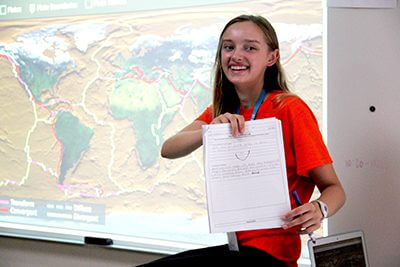 Gabby Law and Julia Portis are both seniors at Mounds Park Academy who worked as teaching fellows with Breakthrough Twin Cities this past summer. At MPA, Gabby captains the tennis, Nordic skiing, and track teams, and has earned several awards in speech and debate. She is a student ambassador, peer leader, and co-leads Social Consciousness Club. When not being a concertmaster to the school’s orchestras, All-State Choir member, and licensed beekeeper, Gabby is busy applying to colleges. Julia is is heavily involved in speech, music, theater, student council (co-president), peer leaders, ambassadors, and debate—interacting with different people and mentors. She also enjoys attending events that allow her to advocate for her beliefs. She also loves traveling and spending time with friends and family.
Gabby Law and Julia Portis are both seniors at Mounds Park Academy who worked as teaching fellows with Breakthrough Twin Cities this past summer. At MPA, Gabby captains the tennis, Nordic skiing, and track teams, and has earned several awards in speech and debate. She is a student ambassador, peer leader, and co-leads Social Consciousness Club. When not being a concertmaster to the school’s orchestras, All-State Choir member, and licensed beekeeper, Gabby is busy applying to colleges. Julia is is heavily involved in speech, music, theater, student council (co-president), peer leaders, ambassadors, and debate—interacting with different people and mentors. She also enjoys attending events that allow her to advocate for her beliefs. She also loves traveling and spending time with friends and family.